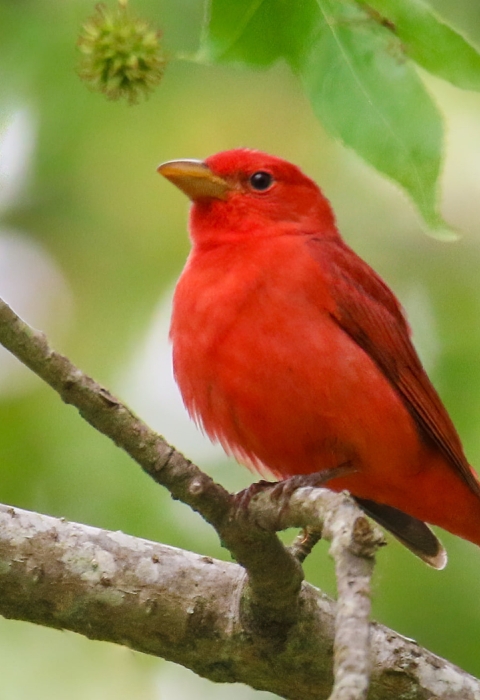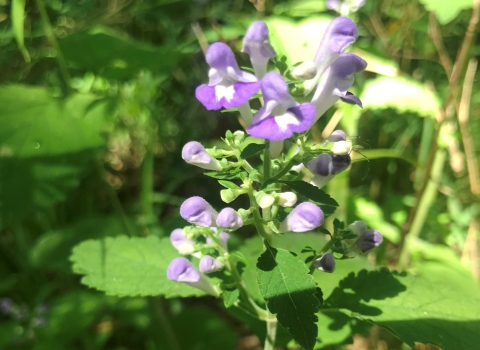Today, the U.S. Fish and Wildlife Service is announcing more than $24 million in funding has been approved for grants through the Neotropical Migratory Bird Conservation Act for conservation projects to benefit migratory birds and people throughout the Americas.
For over two decades, the Neotropical Migratory Bird Conservation Act has provided critical support for neotropical bird conservation and research throughout the Western Hemisphere each year. It is the only source of federal funding solely dedicated to the conservation of migratory birds shared throughout the Americas. This year, more than $5.1 million in federal funds will be matched by more than $19.6 million in partner contributions going to 32 collaborative conservation projects in 30 countries across the Americas.
“We have lost nearly three billion birds in North America alone since 1970. These grants and partnerships play a crucial role in addressing bird declines across the Western Hemisphere by working to protect and positively impact millions of acres of diverse habitats where birds winter in the south, breed in the north, and where they migrate along the way,” said Service Director Martha Williams. “Thanks to the many networks that have developed through these projects, powerful conservation alliances and partnerships are growing to help many of the most at-risk species and their habitats.”
There are 390 species of neotropical migratory birds that migrate across the Western Hemisphere, to and from the U.S. each year, including songbirds, shorebirds and birds of prey. In addition to their role in pollination, seed dispersal and pest control, birds also provide early warnings of the effects of climate change climate change
Climate change includes both global warming driven by human-induced emissions of greenhouse gases and the resulting large-scale shifts in weather patterns. Though there have been previous periods of climatic change, since the mid-20th century humans have had an unprecedented impact on Earth's climate system and caused change on a global scale.
Learn more about climate change and environmental contamination and contribute billions of dollars to the economy through bird watching and photography.
This funding will help prevent these species from being listed as threatened or endangered, with priority given to more imperiled species that are listed on the Service’s Birds of Conservation Concern 2021report. This year’s project highlights include:
Implementing Golden-cheeked Warbler Conservation Plan in Chiapas VI (Mexico)
This project will increase habitat protection through forest management and recovery, research, and outreach to reduce habitat pressures on the endangered golden-cheeked warbler, four Birds of Conservation Concern and dozens of other migratory species impacted by deficient forest management practices, forest fires and illegal logging activities throughout Chiapas State in Mexico.
Strengthening Shorebird Conservation in Parita Bay (Panama)
The National Audubon Society is partnering with the Inter-American Development Bank and Panama Audubon Society to implement a three-year project focused on the conservation and protection of coastal habitats along the Pacific coast of Panama, some of the most important stopover and wintering habitat for neotropical migrant shorebird species in the Americas, including American oystercatcher, Wilson’s plover, marbled godwit and willet.
Protecting and Restoring the Ecuadorian Chocó (Ecuador)
Partners will implement the first phase of BirdLife International’s 10-year Conservation Investment Strategy for the Ecuadorian Choco-Andes which will protect priority bird habitat and improve knowledge on the abundance and distribution of migratory birds, including at least three Birds of Conservation Concern: cerulean warbler, Canada warbler and olive-sided flycatcher.
Since 2002, the NMBCA has provided more than $89 million in grants to support 717 projects in 43 countries. These projects have positively affected more than 5 million acres of bird habitat and spurred partnerships on multiple levels contributing an additional $346 million.
A complete list of this year’s approved grants projects is available and all projects in the database. Additional information about migratory bird conservation can be found by visiting online the Service’s Migratory Bird Program.



